Home Remedies for Ear Mites in Dogs: Quick Safe Steps
You notice your dog shaking its head, scratching at the ear, or brown crumbly discharge — all signs that ear mites may be present. Left untreated, ear mites can cause severe itching, secondary bacterial infections, ear pain, and even hearing issues — and that worry feels urgent for any pet owner. This guide explains safe, vet-aware home remedies for ear mites in dogs, step-by-step cleaning, when to escalate to professional care, and how to prevent reinfestation so you can act calmly and confidently today.
Understanding Ear Mites
What are ear mites?
Ear mites are tiny parasites (commonly Otodectes cynotis) that live in the ear canal and feed on ear wax and skin debris. They are highly contagious among dogs, puppies, and other animals, and they cause intense itching and irritation. Recognizing them early makes home care safer and more effective.
Typical symptoms
Frequent head shaking or ear scratching
Dark, coffee-ground or waxy discharge in the ear
Red or inflamed ear canal, strong odor
Scabs, hair loss around the ear from scratching
Secondary infections (bacterial or yeast) if untreated
When to contact your veterinarian
If your dog shows severe pain, swelling, bleeding, fever, loss of balance, or if home care does not improve symptoms in 48–72 hours, see your veterinarian. Some ear conditions mimic ear mites (e.g., yeast infections, foreign bodies), and a vet exam ensures correct diagnosis and safe treatment.
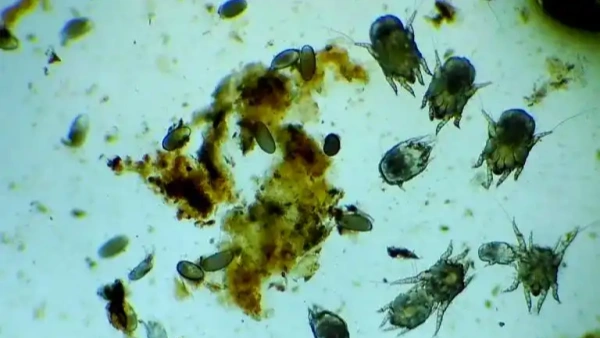
Safe Home Remedies That Can Help
General safety first
Before using any home remedy, gently inspect your dog's ear. If the eardrum looks exposed, bleeding is present, or your dog resists palpation due to pain, stop and visit the vet. Never put harsh chemicals (undiluted hydrogen peroxide, alcohol, essential oils like tea tree or clove) directly into the ear—these can damage tissues and worsen the condition.
Cleaning the ear canal (the gentle baseline)
Cleaning removes wax and debris so remedies can reach mite-infested areas. A gentle, vet-recommended ear cleaner or a warm saline flush is the safest at-home option. Steps:
Hold your dog calmly; have a helper if needed.
Apply the cleaner into the ear canal as directed by the product label.
Massage the base of the ear for 20–30 seconds to loosen debris.
Let your dog shake, then wipe out softened wax with cotton pads (never cotton swabs deep in the canal).
Oils to smother mites (cautious use)
Light oils such as mineral oil or olive oil can sometimes help immobilize ear mites and soften crusts. Use sparingly and only after cleaning:
Warm (not hot) a small amount of olive or mineral oil to body temperature.
Place a drop or two into the ear canal, massage gently, allow your dog to shake, then wipe gently.
Repeat once daily for a few days while monitoring for improvement.
Important: oils are not a guaranteed cure and can trap moisture if overused—stop use and contact your vet if signs worsen.
Step-by-Step At-Home Protocol
Step 1 — Inspect and clean
Use a vet-approved ear cleaner and clean gently as described. Cleaning alone often relieves debris and reduces irritation, making subsequent treatments more effective.
Step 2 — Apply gentle oil (optional)
If you choose oil, apply one to two drops of warmed mineral oil once daily for 3–5 days. Monitor for decreased scratching and reduced dark discharge. If no improvement within 48–72 hours, stop and see your veterinarian.
Step 3 — Treat the environment and other pets
Ear mites spread easily. Wash bedding, vacuum carpets, and treat household dogs and cats (only use products safe for each species). If you have other pets, have them checked and treated by a vet as needed.
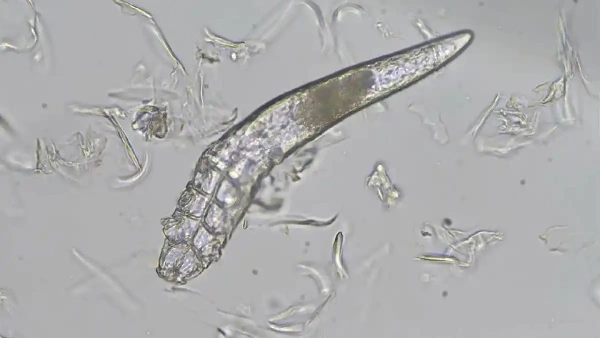
Over-The-Counter Products and When to Use Them
What OTC options exist?
There are topical ear drops and sprays marketed for ear mites. Many contain acaricidal agents designed to kill mites. Read labels carefully and only use products intended for dogs (some ingredients toxic to cats). If you choose an OTC option, follow all label directions and consult your vet if unsure.
Prescription vs OTC: why vets sometimes prescribe medicine
Veterinary prescriptions (ear ointments or systemic medications) can be more reliable, especially for stubborn or recurrent infestations or when secondary infection occurs. A vet can also prescribe medication safe for puppies or dogs with health issues.
Preventing Reinfection
Launder bedding and soft toys in hot water and dry on high heat.
Vacuum floors and furniture; discard vacuum bag or empty canister promptly.
Treat or check other pets—ear mites commonly cross between dogs and cats.
Keep up with routine vet visits and parasite prevention programs.
Complications to Watch For
Secondary infections
Ear mites often lead to bacterial or yeast infections. Signs include foul odor, pain, swelling, or pus. These require veterinary antibiotics or antifungal treatments.
Ear hematoma and chronic damage
Excessive scratching can rupture blood vessels in the ear flap (aural hematoma) or cause permanent scarring of the canal. Prompt care minimizes these risks.
Evidence, Limitations, and Vet Advice
Home remedies can help with mild infestations and as initial supportive care, but they are not a substitute for veterinary diagnosis and prescription treatment when needed. Always:
Confirm the issue — similar symptoms can be other ear diseases.
Avoid using human medications or essential oils in ears.
Use home care as supportive measures while arranging a vet consult if symptoms persist.
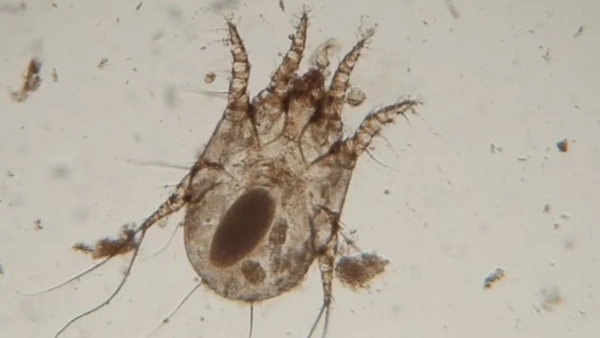
Everything Our Vets Recommend
Home Remedies for Ear Mites in Dogs FAQs
Can I treat ear mites at home safely?
Yes, in many mild cases you can perform careful cleaning and use gentle oils as supportive care. However, home remedies are best paired with veterinary advice—especially if your dog is a puppy, has health issues, or symptoms are severe. If you see no improvement in 48–72 hours, consult your vet.
How long until ear mites are gone with home treatment?
With diligent cleaning and appropriate topical measures, you may see symptom improvement within a few days. Complete resolution can take 1–4 weeks depending on infestation severity and whether secondary infections are present. Follow-up checks are important.
Can ear mites spread to humans or other pets?
Ear mites primarily infest animals and are unlikely to establish long-term infestation in humans, though temporary irritation is possible. They spread easily between pets; treat all in-contact animals and the environment to prevent reinfection.
Quick Comparison: Home Remedies vs Vet Treatments
| Approach | When appropriate | Pros | Cons |
|---|---|---|---|
| Home cleaning + oils | First aid, mild cases | Accessible, low cost, supportive | Not always curative; risk if misused |
| OTC ear drops | Mild–moderate cases, product labeled for dogs | Convenient, targeted | Variable efficacy; read label carefully |
| Veterinary prescription | Severe, recurrent, or infected ears | Most reliable & safe under supervision | Higher cost; requires vet visit |
Summary
Home remedies for ear mites in dogs—gentle cleaning, careful use of mineral or olive oil, and strict environmental hygiene—can relieve mild cases and provide immediate comfort. However, because ear problems can hide infections and other causes, persistent or severe signs require veterinary diagnosis and prescription therapy. Treat bedding and other pets, monitor progress, and contact your veterinarian if symptoms do not improve within a few days.
You May Like:
- Flea and Ear Mite Treatment for Dogs Complete Guide
- Yeast Infection Ear Mites in Dogs: Causes and Treatments
- Dust Mite Treatment for Dogs: What Vets Want You to Know
- 2025 Dog Probiotics for Yeast Guide: Treat & Prevent Infections Easily
User Comments
Does flea treatment kill ear mites too?
Can dogs take human probiotics?
Can dogs have people probiotics safely?
Related Articles
View all
How to Get Rid of Dog Allergies Naturally: Common Mistakes

Dog Allergic Reaction Eye Swelling: Hidden Mistakes to Avoid

Why Do Bulldogs Scratch? Bulldog Skin Allergies Guide
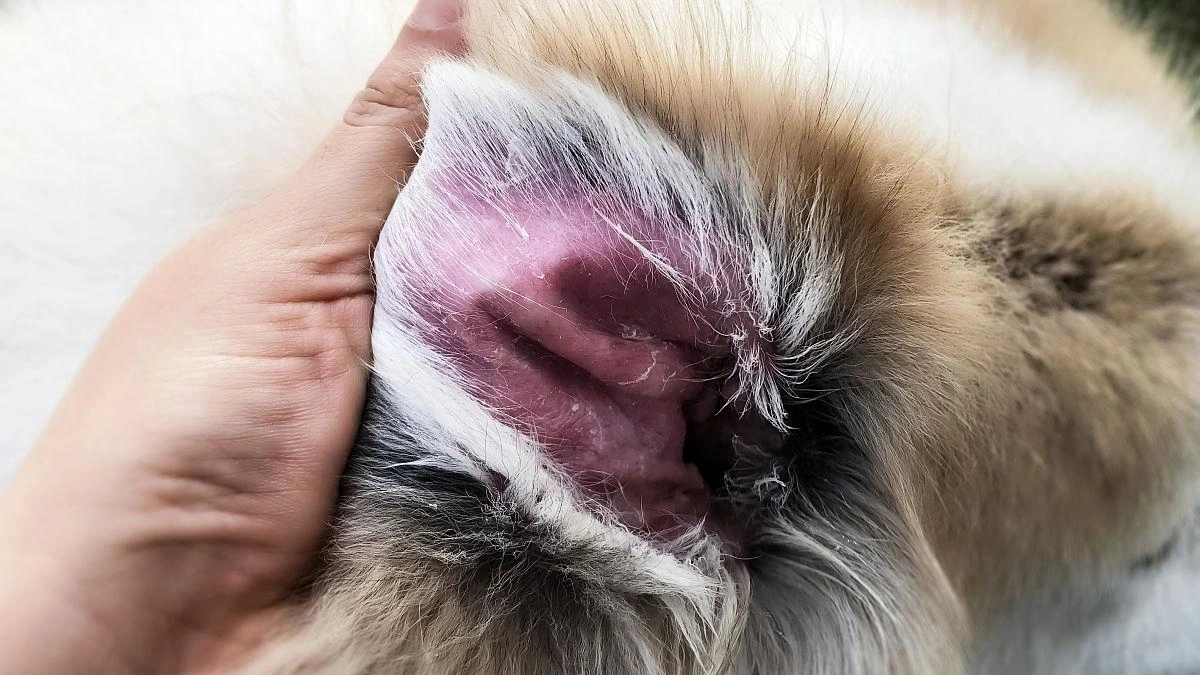
Cure for Dog Skin Allergies Owners Often Miss

How to Get Rid of Dog Allergies Naturally: Common Mistakes

Dog Allergic Reaction Eye Swelling: Hidden Mistakes to Avoid

Why Do Bulldogs Scratch? Bulldog Skin Allergies Guide

Cure for Dog Skin Allergies Owners Often Miss

Vet-Recommended Wet Dog Food for Sensitive Stomachs — 2025 Guide
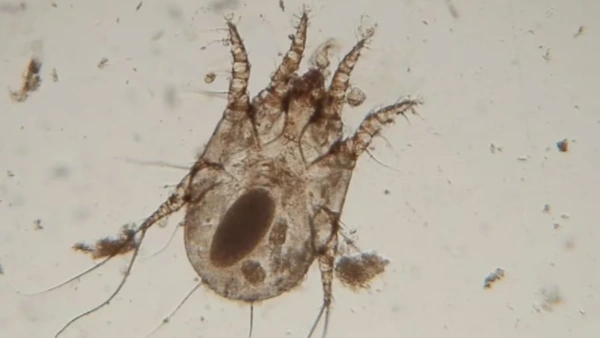
Dog Dust Mite Allergy: Symptoms, Treatment, Prevention

Can Allergies in Dogs Cause Diarrhea and Vomiting? Explained

10 Pitbull Health Problems You Should Know in 2025 — Tips


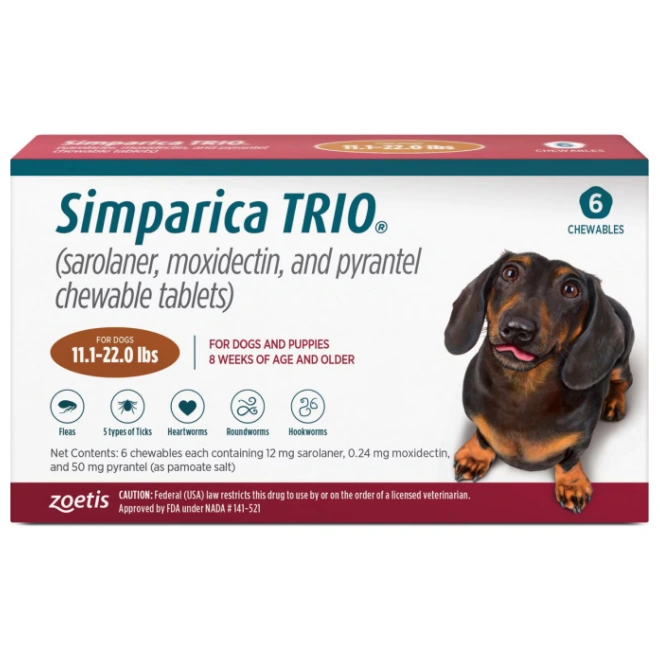
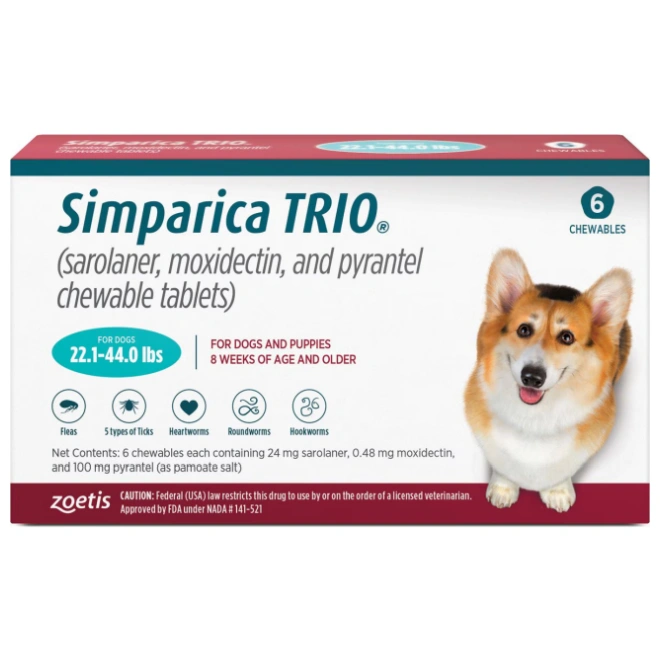
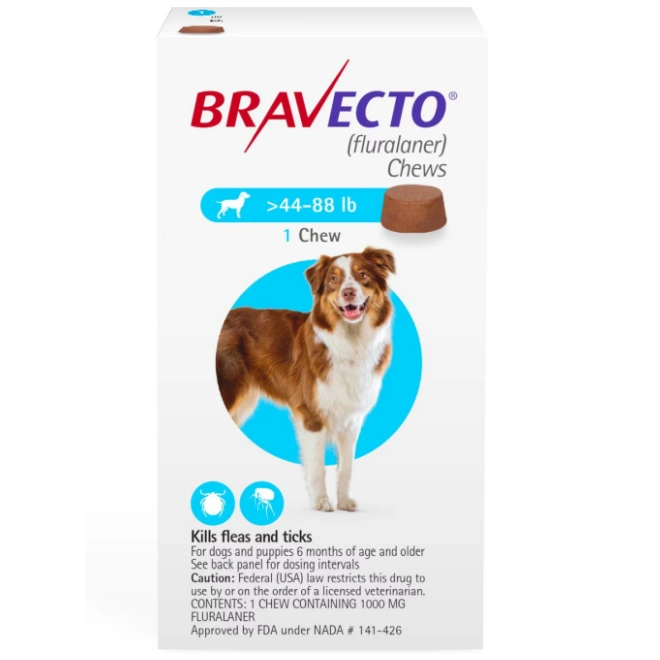
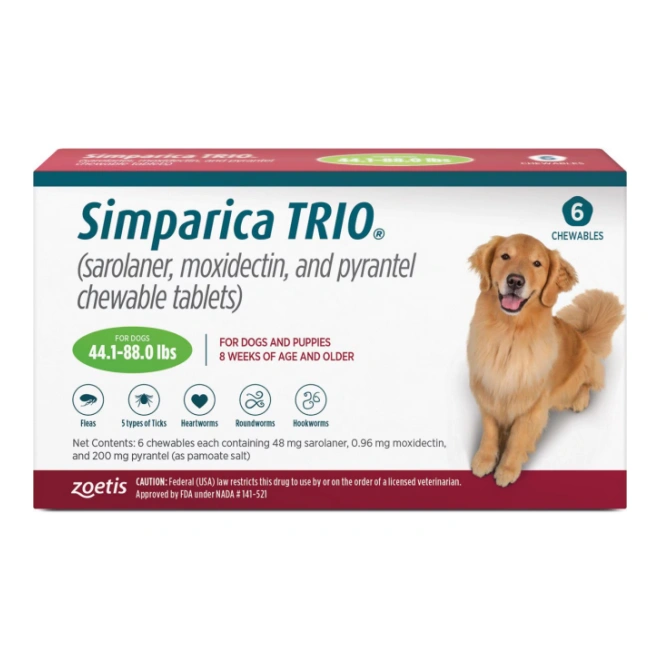








Leave a Reply